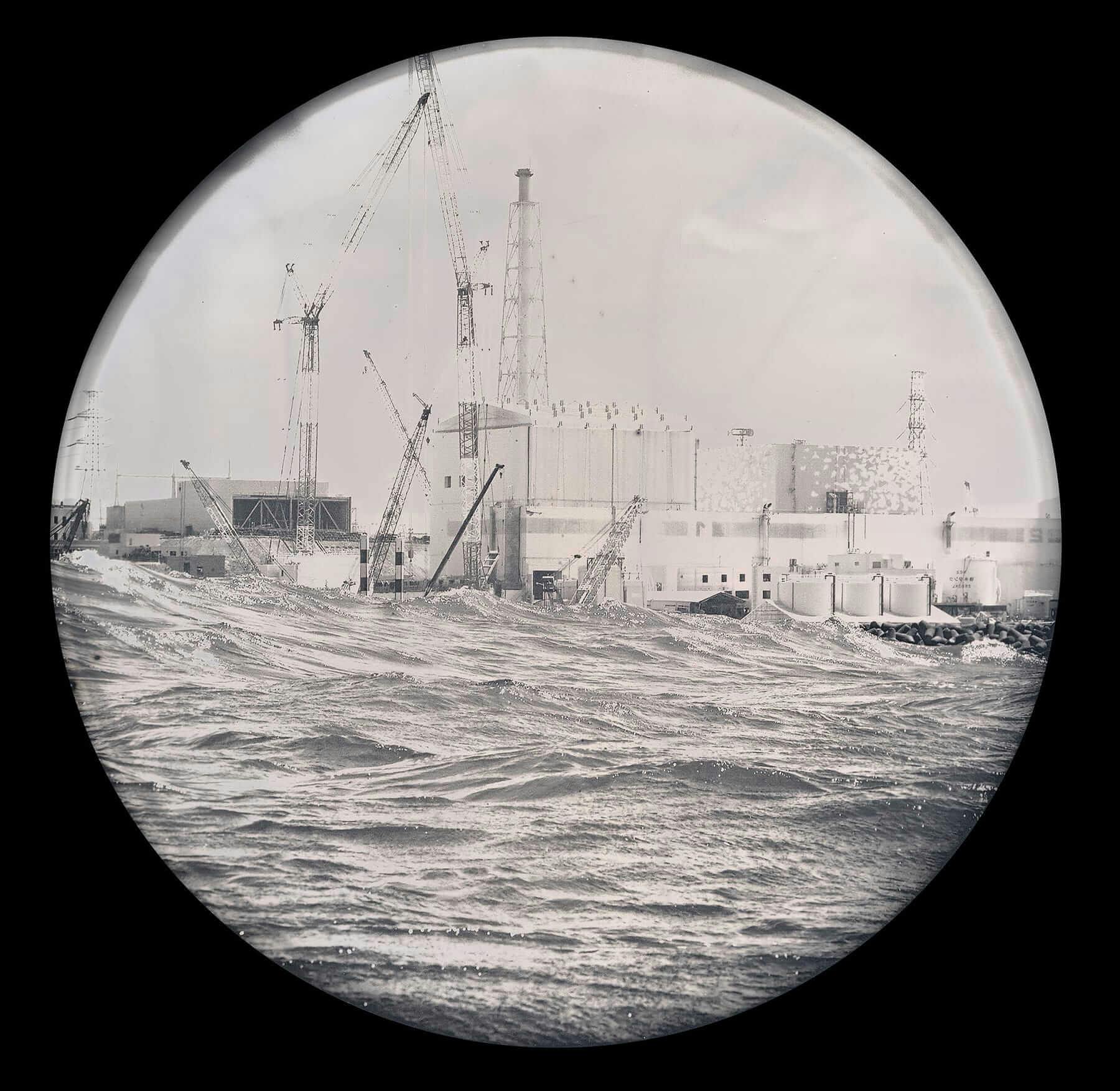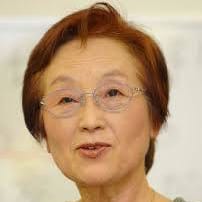The Never-Ending Fukushima Nuclear Power Plant Disaster
Arai’s daguerreotype artfully shows us a modern ruin. What it cannot show us is the cause of the Fukushima Daiichi power plant’s ruination. In 2012, the National Diet of Japan established the Fukushima Nuclear Accident Independent Investigation Commission, which I was invited to join. Contrary to TEPCO’s claims of the accident being ‘unforeseeable’ (sotegai), our report concluded this was a man-made disaster. TEPCO and the government had been made aware of the nuclear power plant’s vulnerability to seismic activity, and the possibility of a tsunami exceeding 15 metres, but did not take any appropriate countermeasures. It seemed clear to me that this was negligent. But to this day—10 years later—no one has been held responsible for the accident.
Just as the causes of the disaster have been disputed, so too are its effects. More than 160,000 people were evacuated to avoid “unacceptable” levels of radiation exposure after the accident. However, in deciding who to evacuate the government raised the annual dose limit from 1 millisievert (mSv) to 20 mSv, and called it “safe” – reasoning that the disruption of an evacuation would cause more harm than exposure to this level of radiation. The 20mSv per year dose limit continues to be used in deciding where evacuation orders can be lifted. Thus, housing support for evacuees from areas where the exposure limit had dropped below this limit was terminated in March 2017, encouraging them to return. As a result, many evacuees have been forced to return to their homes by economic necessity. Even so, the return rate for families with small children, who are more susceptible to the radiation effects, is still about 10%.
Since the accident, the number of childhood thyroid cancers reported in Fukushima has increased dramatically and is now dozens of times higher than usual. But the prefectural government's evaluation committee has denied that this is caused by radiation exposure and is trying to reduce the number of tests conducted, saying that the tests are over-diagnosing cancers that are not life-threatening.
Evacuees across Japan have filed lawsuits against TEPCO and the government in their adoptive jurisdictions, and the number of lawsuits has reached about 30. So far, there have been 16 district court rulings, all of which found TEPCO responsible, and 50% of them admitted the responsibility of the government. The fight for justice continues, with no end in sight.

